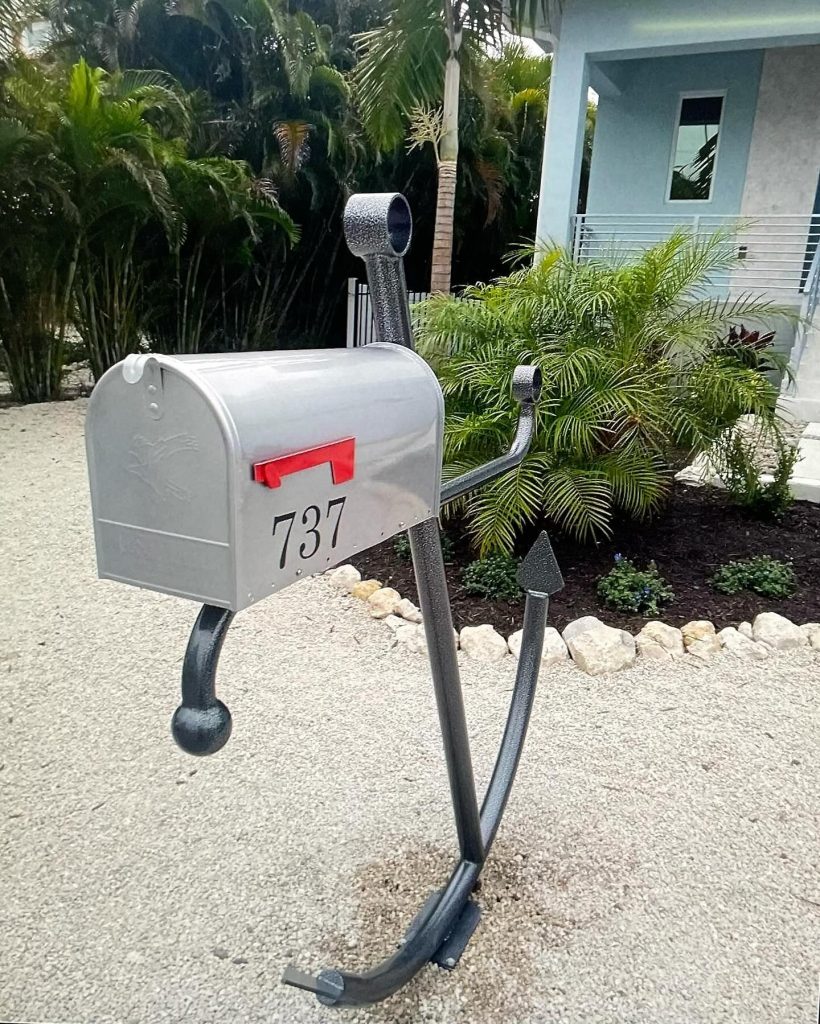Swale landscaping is a sustainable and attractive way to manage water runoff while beautifying your outdoor space. For homeowners looking to enhance their gardens, swales offer a functional and aesthetically pleasing solution. In this article, we will explore 19 creative swale landscaping ideas that will inspire you to transform your yard into a beautiful oasis while promoting environmental sustainability. Whether you have a large garden or a small backyard, these ideas will suit a variety of spaces and styles.
1. Naturalistic Swale with Native Plants
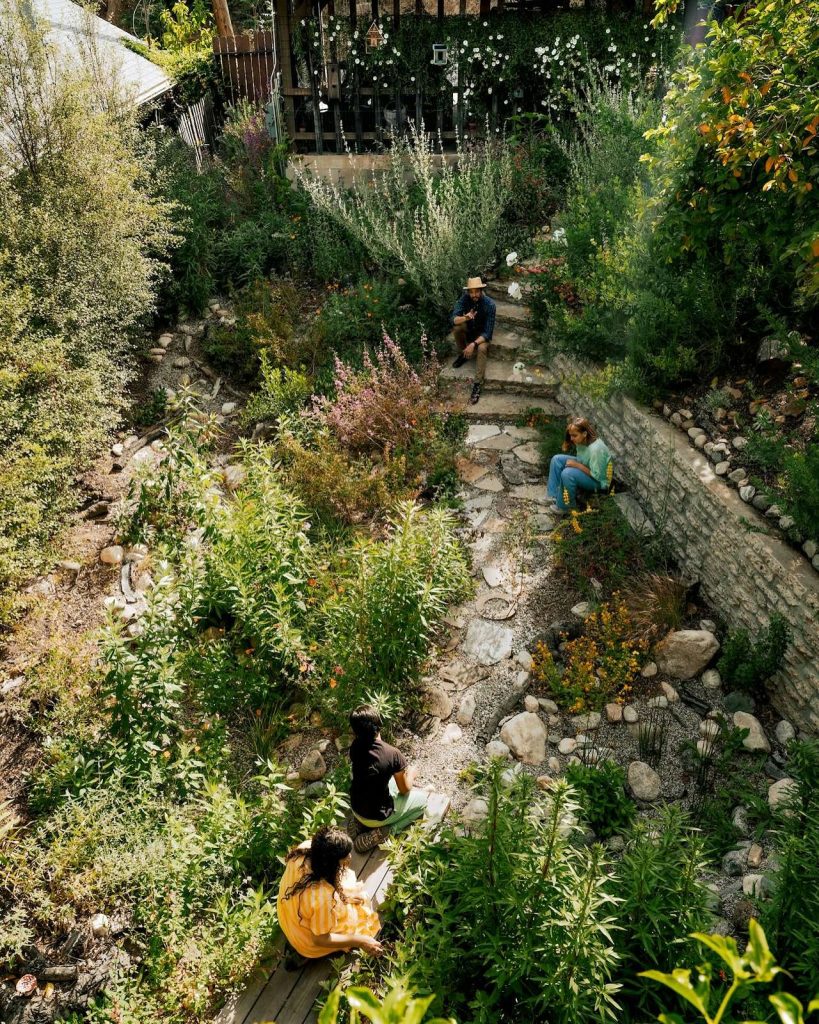
Creating a naturalistic swale filled with native plants is one of the best ways to enhance your landscape while supporting local wildlife. Native plants are adapted to the local climate and soil conditions, making them easier to maintain and more resilient against pests and diseases. By incorporating a diverse array of native flora, you can create a vibrant ecosystem that attracts pollinators like bees and butterflies.
Start by researching the native plants in your region, focusing on species that thrive in wet conditions. Options may include asters, coneflowers, and goldenrods, which not only add color and texture but also provide essential habitat for local wildlife.
Design your swale with varying depths and widths to create a more natural appearance. The gently sloping sides will allow water to flow and filter through the soil, reducing erosion and promoting groundwater recharge. Incorporating rocks and mulch can further enhance the swale’s functionality and aesthetics. This approach to landscaping not only looks beautiful but also fosters biodiversity and helps maintain the health of your local ecosystem.
2. Curved Swale Design
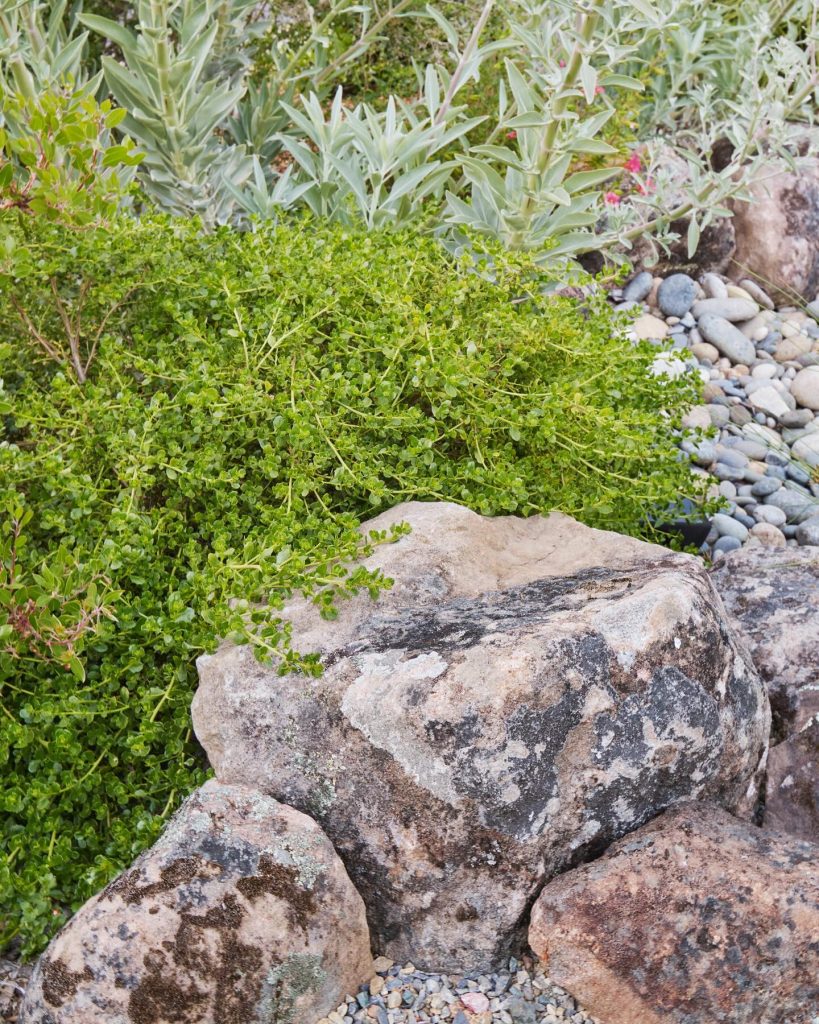
A curved swale design adds a soft, flowing line to your landscape, breaking up the rigidity of straight lines and sharp angles commonly found in traditional landscaping. Curves naturally draw the eye and create a more inviting atmosphere in your yard.
To implement a curved swale, consider the natural contours of your land. Use landscape stakes and string to outline the desired curve before digging. The gentle slope will allow water to collect and flow through the swale, promoting proper drainage while enhancing the visual appeal.
Choose plants that complement the curve, such as ferns or flowering perennials that can thrive in the swale’s moist environment. These plants will add color and texture while helping to stabilize the soil. A well-executed curved swale not only improves drainage but also becomes a striking focal point in your landscape, inviting visitors to explore and enjoy your outdoor space.
3. Rock-Lined Swale
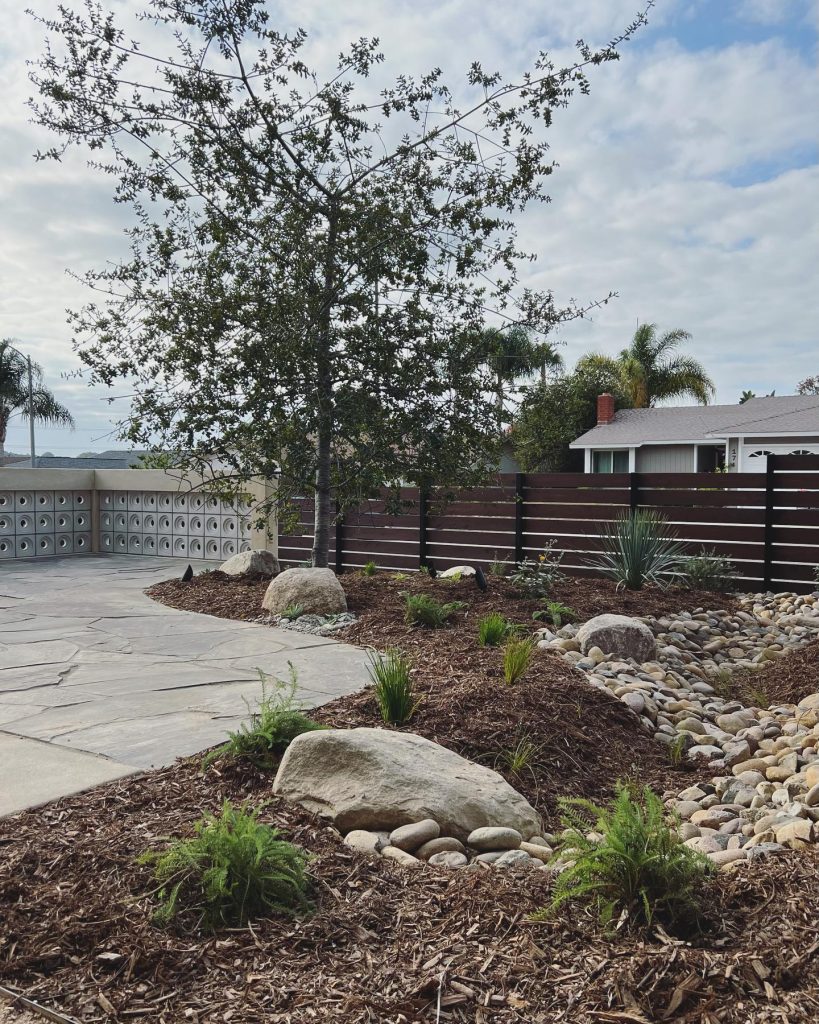
A rock-lined swale combines function and style, providing a beautiful way to manage water runoff while preventing erosion. The incorporation of rocks creates a natural barrier that guides water flow and stabilizes the soil, reducing maintenance over time.
When designing a rock-lined swale, choose river rocks or boulders that blend harmoniously with your landscape. These stones can be placed along the edges or within the swale to create a visually appealing texture. The rocks will also help to slow down water flow, allowing for better infiltration into the soil.
In addition to rocks, consider planting a variety of moisture-loving plants within the swale, such as sedges or ornamental grasses. These plants will thrive in the damp environment and enhance the overall look of the swale. A rock-lined swale is an excellent choice for homeowners looking to add a unique touch to their landscaping while ensuring efficient water management.
4. Swale with Ornamental Grasses

Incorporating ornamental grasses into your swale design adds height, movement, and texture, creating a dynamic landscape feature. Grasses are well-suited for swales due to their deep root systems, which help stabilize the soil and prevent erosion.
Select a mix of ornamental grasses that will provide visual interest throughout the seasons. Varieties like switchgrass, miscanthus, and blue fescue can create a stunning display as they sway gently in the wind. These grasses are also drought-resistant, making them a practical choice for water-efficient landscaping.
To maximize the impact of your swale, group the grasses in clusters rather than planting them individually. This will create a more natural look and allow the plants to thrive together. By incorporating ornamental grasses into your swale design, you will enhance the beauty of your landscape while promoting environmental sustainability.
5. Fruit Tree Swale
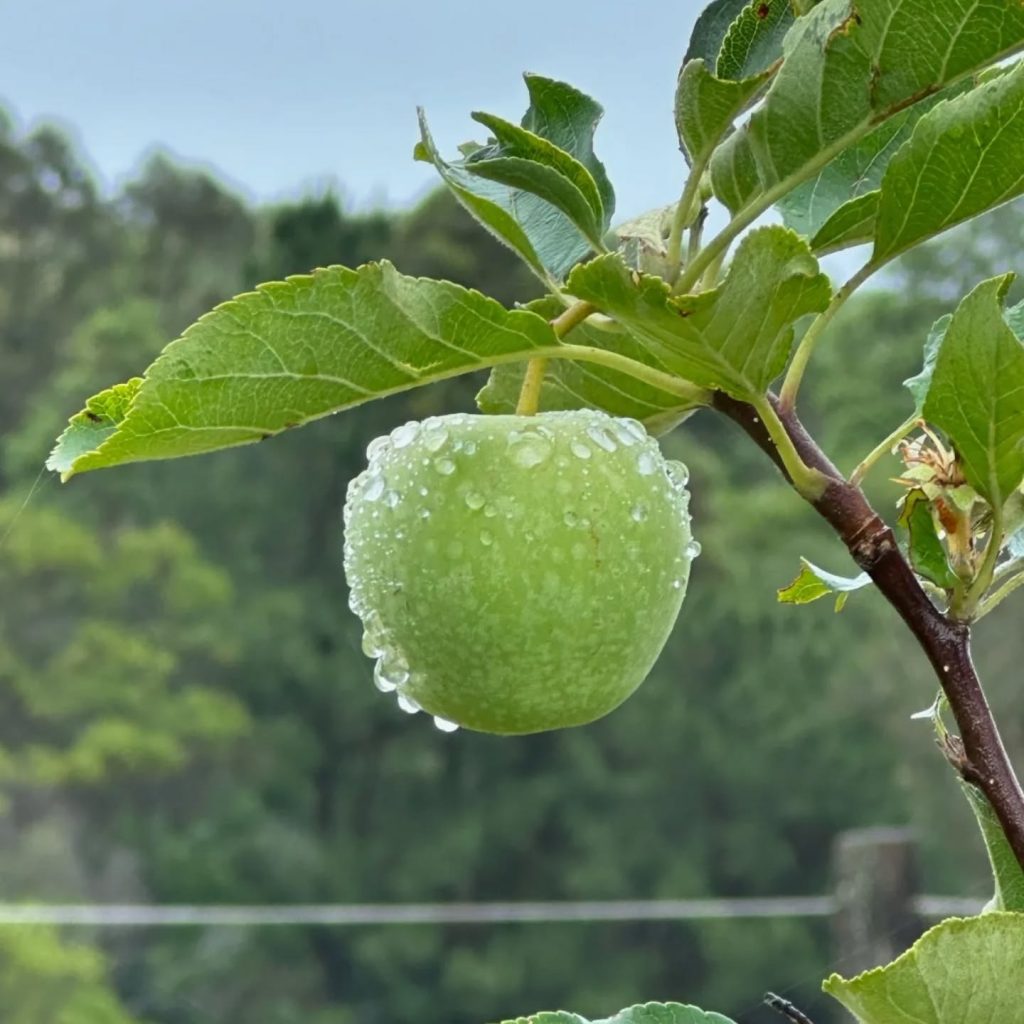
Imagine combining the functionality of a swale with the beauty and utility of fruit trees! A fruit tree swale not only manages water runoff effectively but also provides delicious produce right in your backyard. This innovative design allows water to collect and nourish the trees while preventing erosion.
When planning your fruit tree swale, choose varieties that are well-suited to your climate and soil conditions. Dwarf fruit trees, such as apple or peach, can be particularly effective for smaller spaces. Ensure that the swale is deep enough to hold water during heavy rain while providing proper drainage to prevent root rot.
In addition to fruit trees, consider planting companion plants like herbs or vegetables in the swale. These plants can benefit from the additional moisture while adding diversity to your garden. A fruit tree swale not only enhances your landscape but also promotes sustainable gardening practices by providing fresh, homegrown produce for your family.
6. Colorful Flowering Swale
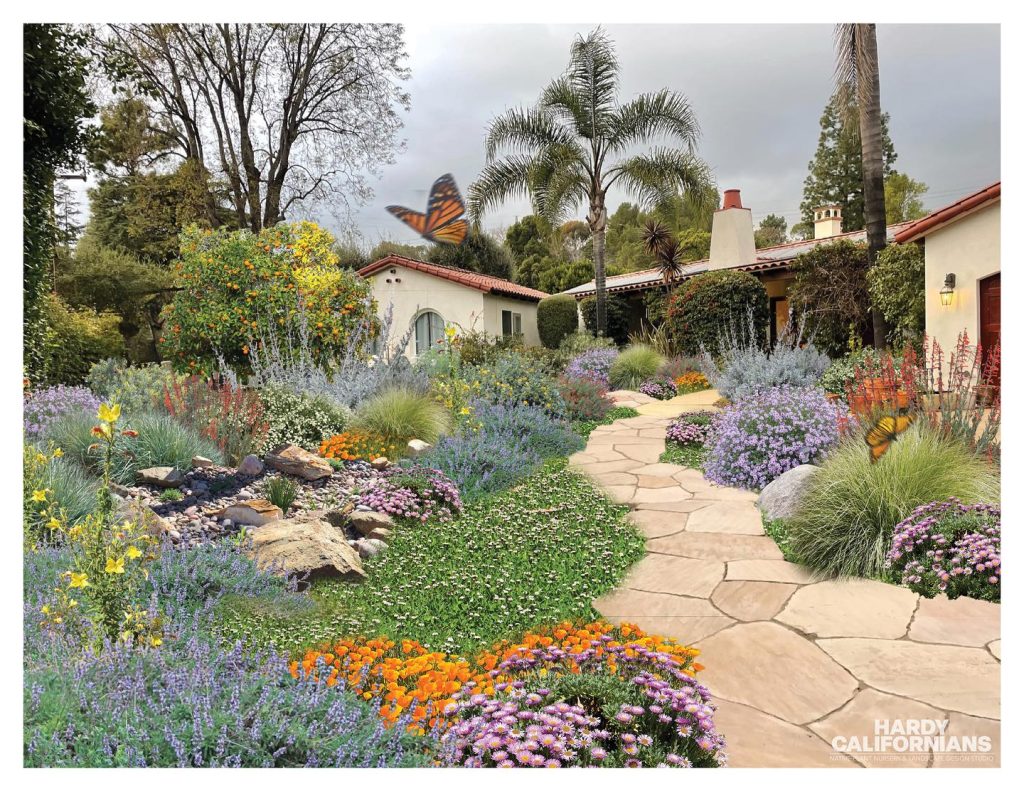
Transform your swale into a vibrant garden by incorporating a variety of colorful flowering plants. A flowering swale not only looks stunning but also plays a crucial role in attracting pollinators and beneficial insects to your yard.
Begin by selecting a mix of perennials and annuals that will provide continuous blooms throughout the growing season. Options like black-eyed Susans, daylilies, and echinacea are excellent choices for creating a colorful display. The key is to choose plants that thrive in wet conditions while complementing each other in terms of height and color.
To enhance the visual appeal of your flowering swale, create layers by placing taller plants at the back and shorter ones in the front. This arrangement will provide depth and interest, making your swale a focal point in your garden. By designing a colorful flowering swale, you will not only beautify your landscape but also create a thriving habitat for pollinators.
7. Swale with Edible Plants
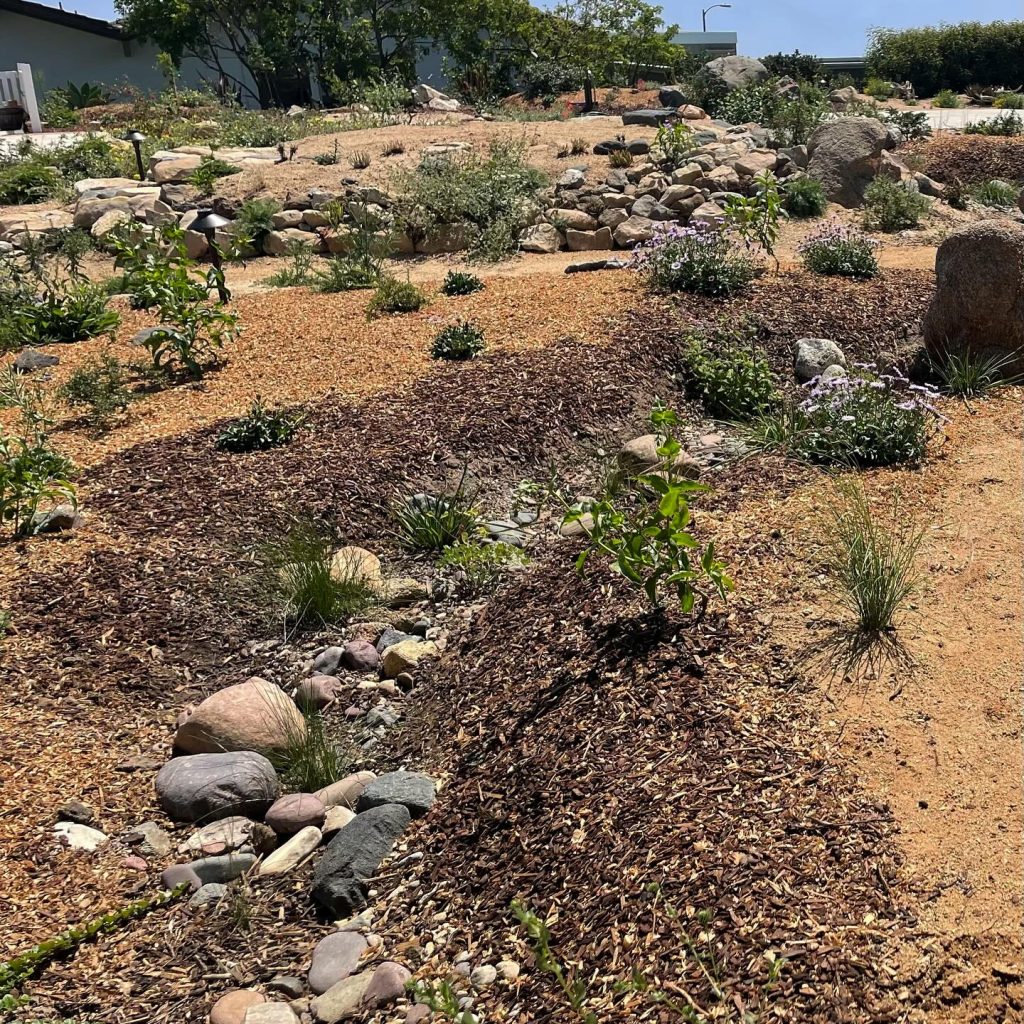
Incorporating edible plants into your swale design allows you to enjoy the beauty of your landscape while reaping the rewards of homegrown produce. An edible plant swale can include a variety of herbs, vegetables, and even fruiting plants that thrive in moist conditions.
Start by selecting plants that are well-suited for swale environments, such as rhubarb, asparagus, or watercress. These plants not only benefit from the additional moisture but also contribute to a sustainable gardening practice. Additionally, herbs like mint and lemon balm can add flavor to your meals while thriving in the swale’s wet soil.
When designing your edible plant swale, consider grouping plants together based on their watering needs. This will ensure that all plants receive the moisture they need to thrive. An edible plant swale not only enhances the beauty of your landscape but also provides fresh ingredients for your kitchen, promoting a healthy lifestyle.
8. Swale with Seating Area

Imagine relaxing in your garden, surrounded by the beauty of nature, while sitting comfortably next to a swale. A seating area adjacent to a swale creates a tranquil outdoor space where you can unwind and enjoy your landscape.
To create a seating area, consider using natural materials like stone or wood that blend seamlessly with your garden. Position the seating to take advantage of the views of your swale, allowing you to appreciate the plants and wildlife that inhabit the area.
Adding comfortable cushions or outdoor rugs can enhance the coziness of the space, making it an inviting spot for family and friends. Surround the seating area with plants that thrive in the swale environment, creating a serene atmosphere. A swale with a seating area not only improves the functionality of your garden but also encourages relaxation and connection with nature.
9. Multi-Tiered Swale

A multi-tiered swale design adds depth and interest to your landscape while effectively managing water runoff. By creating several levels within the swale, you can promote water infiltration and reduce erosion while enhancing the visual appeal of your garden.
Begin by determining the natural contours of your land, then use soil to create distinct tiers within the swale. Each tier can be planted with different species of plants that thrive in varying moisture levels, allowing for a diverse and dynamic landscape.
Consider incorporating hardscaping elements, such as retaining walls or stepping stones, to define each tier and create a functional pathway through the swale. This design not only promotes effective water management but also offers an eye-catching feature that invites exploration and adds dimension to your garden.
10. Swale with Decorative Fencing
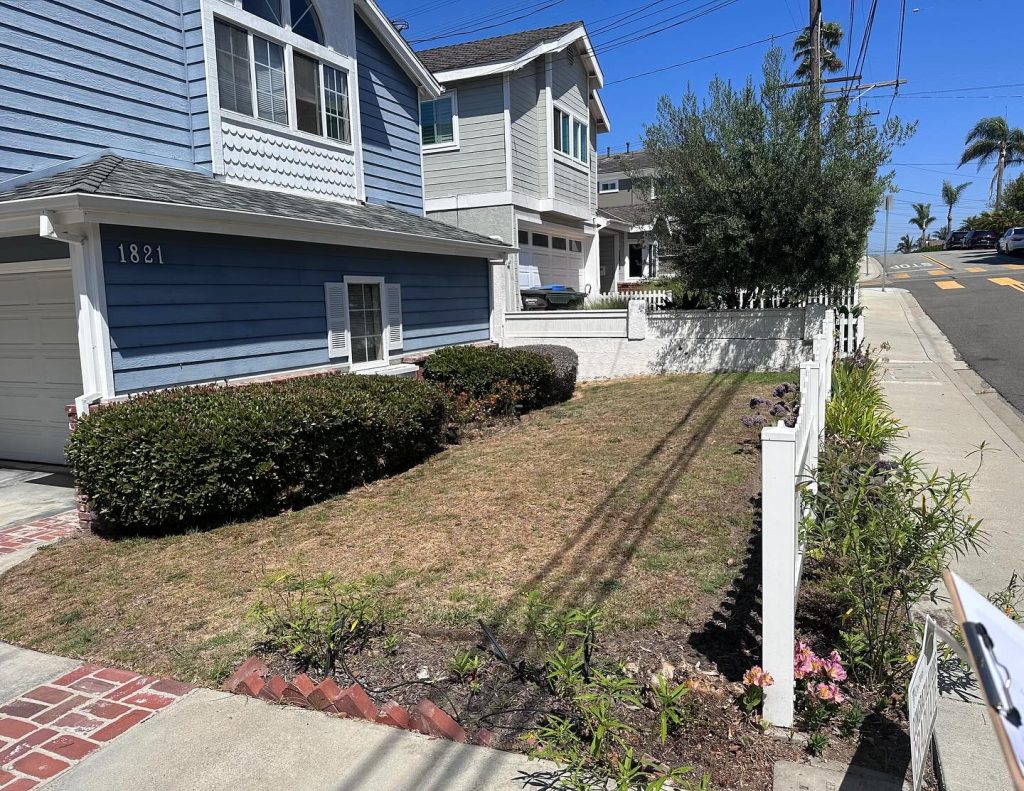
Adding decorative fencing around your swale can enhance its visual appeal while serving practical purposes. Fencing can help define the boundaries of the swale, keeping it distinct from other areas of your garden while providing a charming decorative element.
Choose materials that complement your overall landscape design, such as wood, metal, or wrought iron. You can opt for a low fence that allows views of the swale or a taller one for added privacy. Incorporating trellises or arbors can create vertical interest and provide support for climbing plants.
Consider planting flowering vines or climbing plants along the fencing to enhance its beauty. This combination not only highlights your swale but also adds a touch of elegance to your landscape. A swale with decorative fencing becomes a stunning feature in your garden, inviting admiration while promoting effective water management.
11. Swale with a Pathway
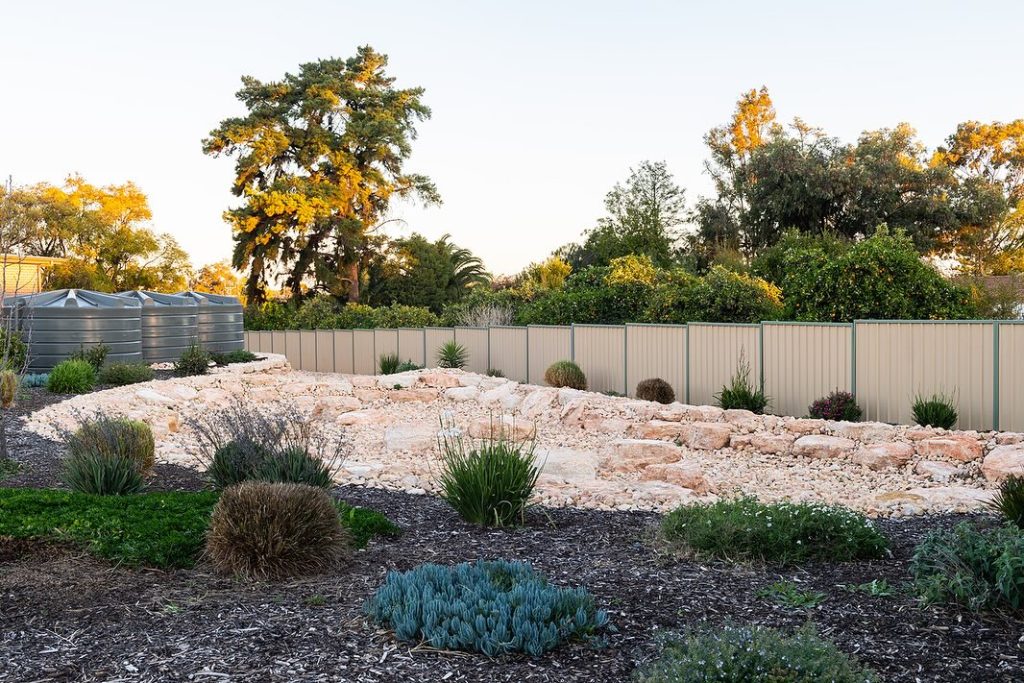
Integrating a pathway into your swale design not only enhances accessibility but also encourages exploration of your outdoor space. A well-placed pathway allows you to traverse the swale while enjoying the beauty of the plants and the sound of flowing water.
When designing your pathway, consider materials that harmonize with the natural landscape, such as flagstone, gravel, or stepping stones. The pathway can meander through the swale, creating a sense of adventure as you walk alongside the lush vegetation.
Incorporate low-growing plants along the edges of the pathway to create a seamless transition between the swale and the walkway. These plants can help stabilize the soil while adding visual interest. By adding a pathway to your swale, you create a functional and inviting space that encourages outdoor living and exploration.
12. Swale with Water Feature
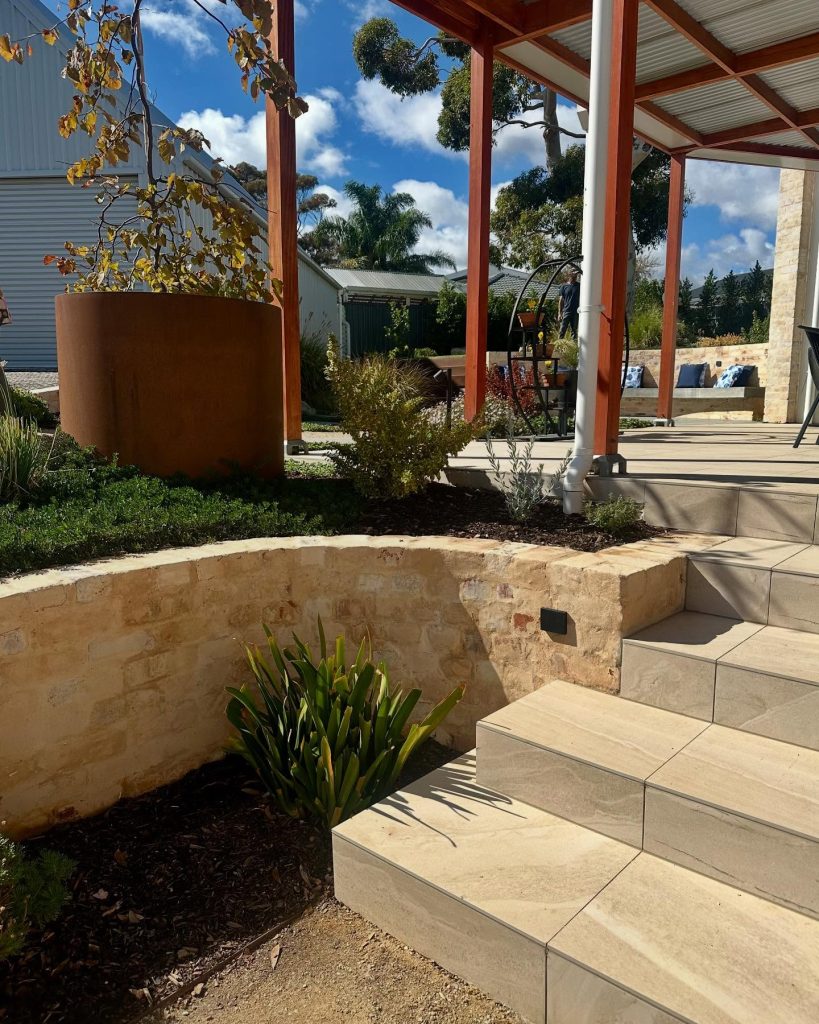
Enhancing your swale with a water feature, such as a small pond or fountain, creates a tranquil and inviting atmosphere. The gentle sound of flowing water can provide a soothing backdrop for your outdoor space while supporting the local ecosystem.
When planning your water feature, consider the size and shape that will best complement your swale. A small pond can be integrated into the swale itself, allowing for natural filtration and habitat creation for local wildlife. Alternatively, a fountain can be positioned nearby to add movement and visual interest.
Select aquatic plants that can thrive in the water, such as water lilies or cattails, to enhance the natural beauty of your water feature. A swale with a water feature not only elevates the aesthetics of your landscape but also promotes biodiversity and encourages wildlife to visit your garden.
13. Swale for Rain Garden
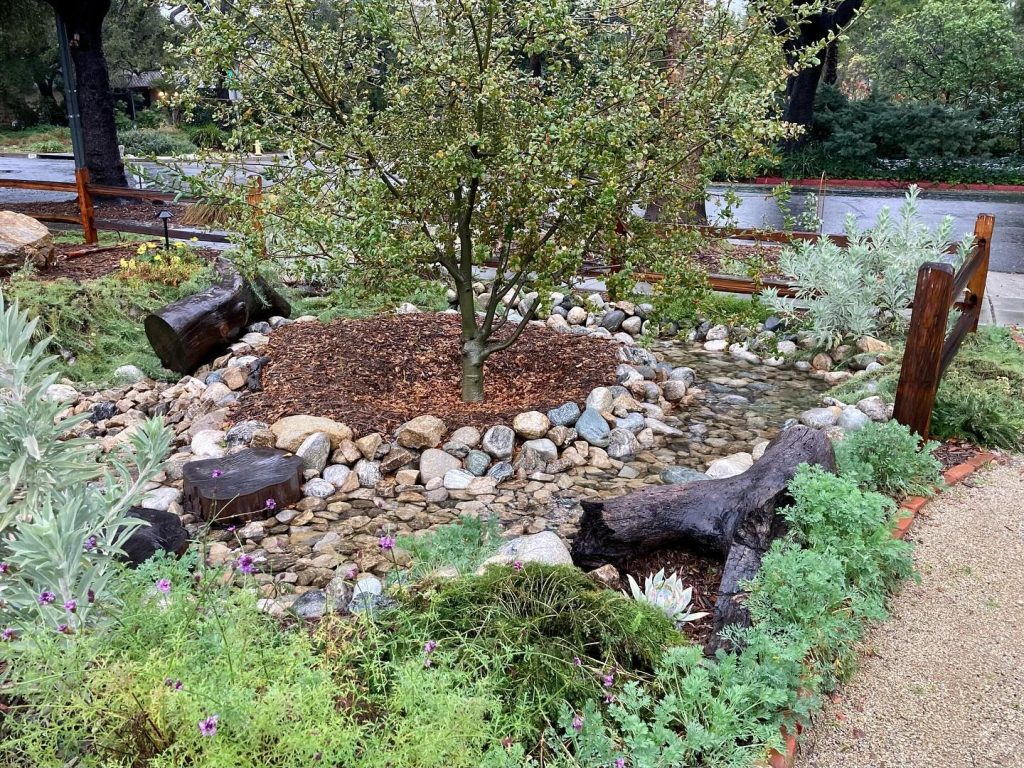
A rain garden is a specialized type of swale designed to capture and absorb rainwater runoff from impervious surfaces, such as driveways and rooftops. By incorporating a rain garden into your landscape, you can effectively manage stormwater while creating a beautiful, functional space.
To create a rain garden, choose a low-lying area in your yard where water naturally collects. Design the garden with a variety of moisture-loving plants that can withstand both wet and dry conditions. Native plants are an excellent choice, as they require less maintenance and provide essential habitat for local wildlife.
Consider adding decorative mulch or stones to enhance the garden’s visual appeal while promoting water retention. By establishing a swale for a rain garden, you contribute to sustainable water management practices while enhancing the beauty of your landscape.
14. Swale with Educational Signage
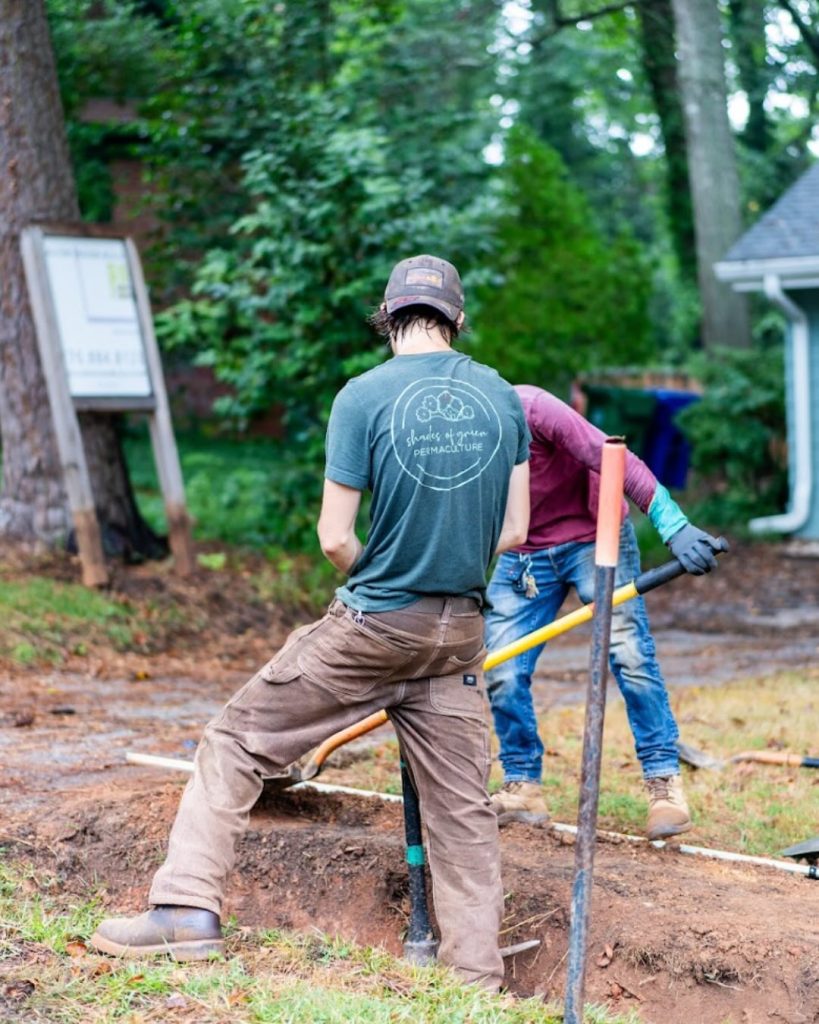
Creating a swale that features educational signage can transform your outdoor space into a learning environment. Signage can provide information about the plants in the swale, the benefits of swales in landscape design, and tips for sustainable gardening practices.
Choose materials for the signage that will withstand the elements, such as weather-resistant wood or metal. Position the signs strategically throughout the swale, ensuring they are easily visible to visitors.
Consider incorporating interactive elements, such as QR codes that link to additional resources or videos about sustainable landscaping. By adding educational signage to your swale, you not only enhance the experience for visitors but also promote awareness and appreciation for environmentally-friendly practices in landscaping.
15. Wildlife-Friendly Swale
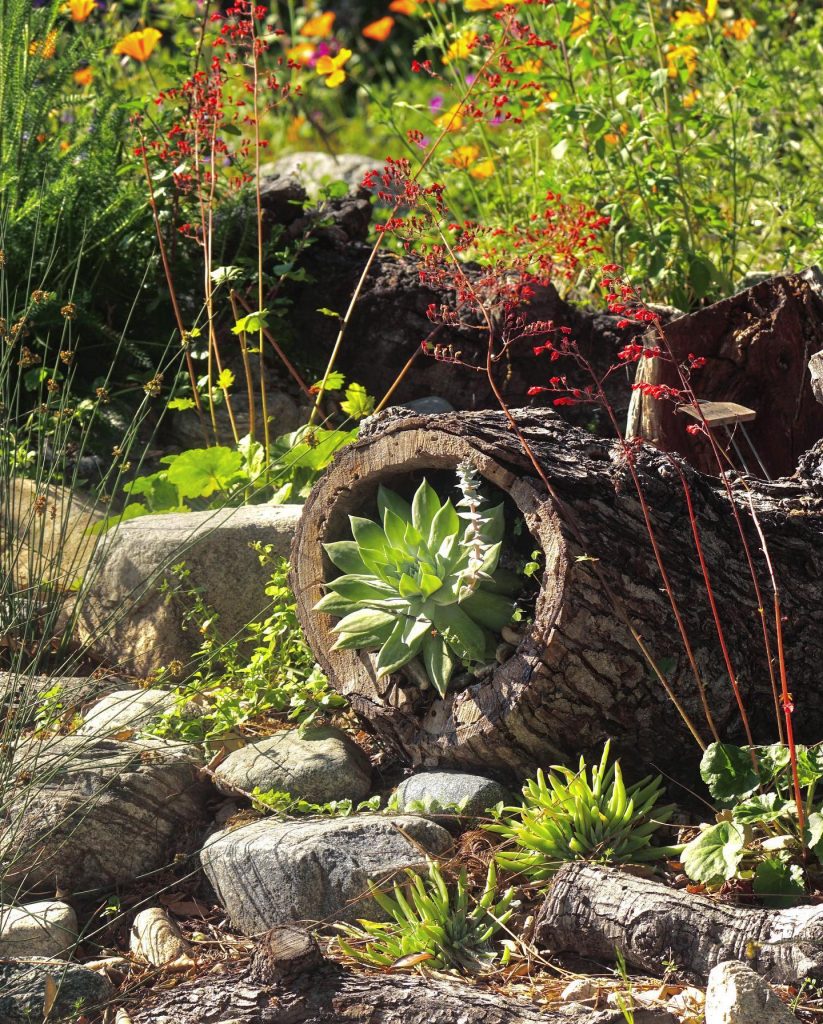
Designing a wildlife-friendly swale can create a thriving habitat for various species, enhancing the ecological health of your garden. By incorporating plants that attract pollinators, birds, and beneficial insects, you can support local biodiversity while beautifying your outdoor space.
Select a diverse range of native plants that provide food and shelter for wildlife. Options like milkweed for monarch butterflies, flowering shrubs for birds, and nectar-rich plants for bees can create a vibrant ecosystem within your swale.
Consider adding features like birdhouses, bee hotels, or small logs to provide additional habitat options. By creating a wildlife-friendly swale, you will not only enhance the beauty of your landscape but also contribute to the well-being of local fauna.
16. Swale with Decorative Mulch

Incorporating decorative mulch into your swale design can enhance its visual appeal while providing practical benefits. Mulch helps retain moisture, suppress weeds, and regulate soil temperature, making it a valuable addition to any landscape.
When selecting mulch for your swale, choose materials that complement your overall design. Options may include natural wood chips, decorative stones, or colored mulch that matches your plant palette.
Spread the mulch evenly throughout the swale, paying attention to the base of plants to ensure proper coverage. A well-mulched swale not only looks attractive but also supports plant health and improves water retention.
17. Swale with Seasonal Decorations
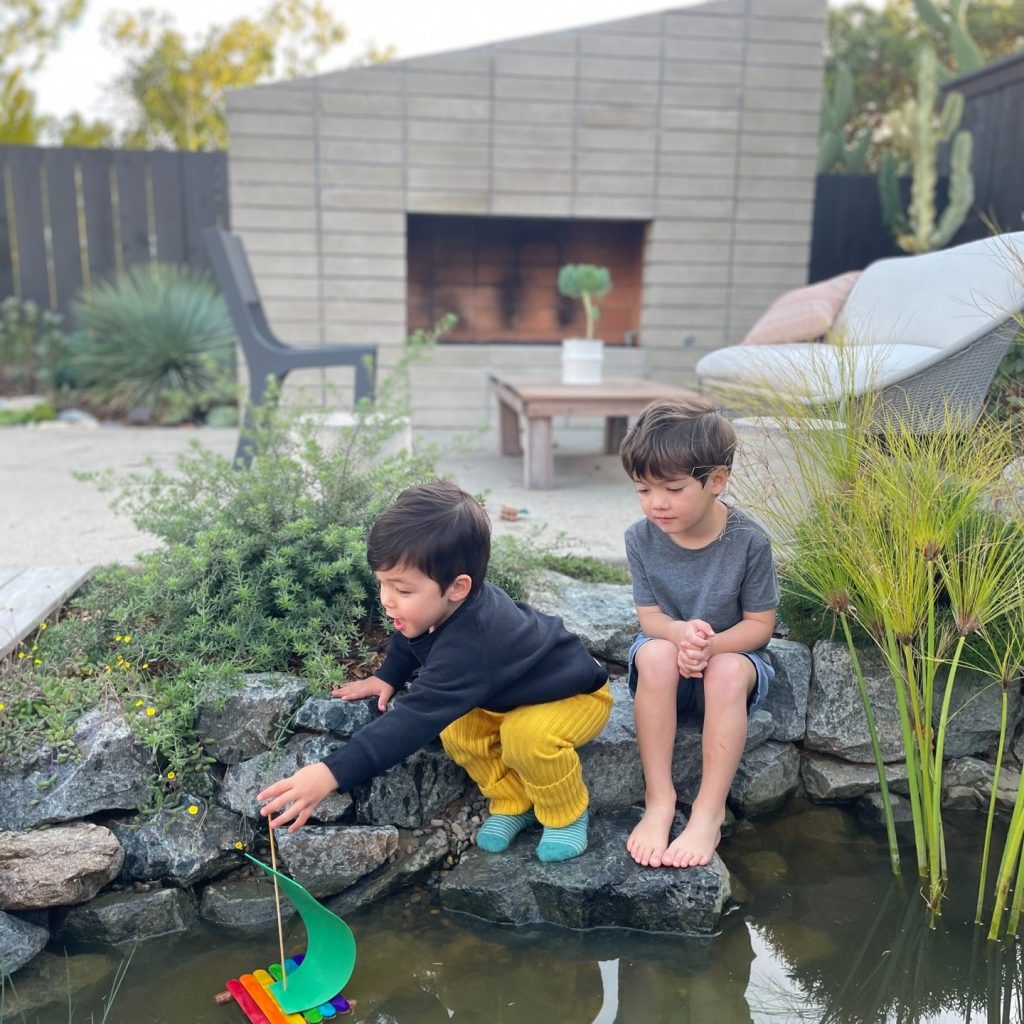
Adding seasonal decorations to your swale can create a festive and inviting atmosphere throughout the year. By incorporating elements that reflect the changing seasons, you can enhance the beauty of your landscape while celebrating nature’s cycles.
In the spring, consider adding colorful garden flags or whimsical garden stakes. During the summer, vibrant flower pots can complement the swale’s greenery. As autumn approaches, decorative pumpkins or gourds can create a warm, seasonal ambiance.
In winter, consider placing evergreen arrangements or holiday lights to brighten up the landscape. By incorporating seasonal decorations into your swale, you create a dynamic and engaging outdoor space that reflects your personal style.
18. Community Swale Project
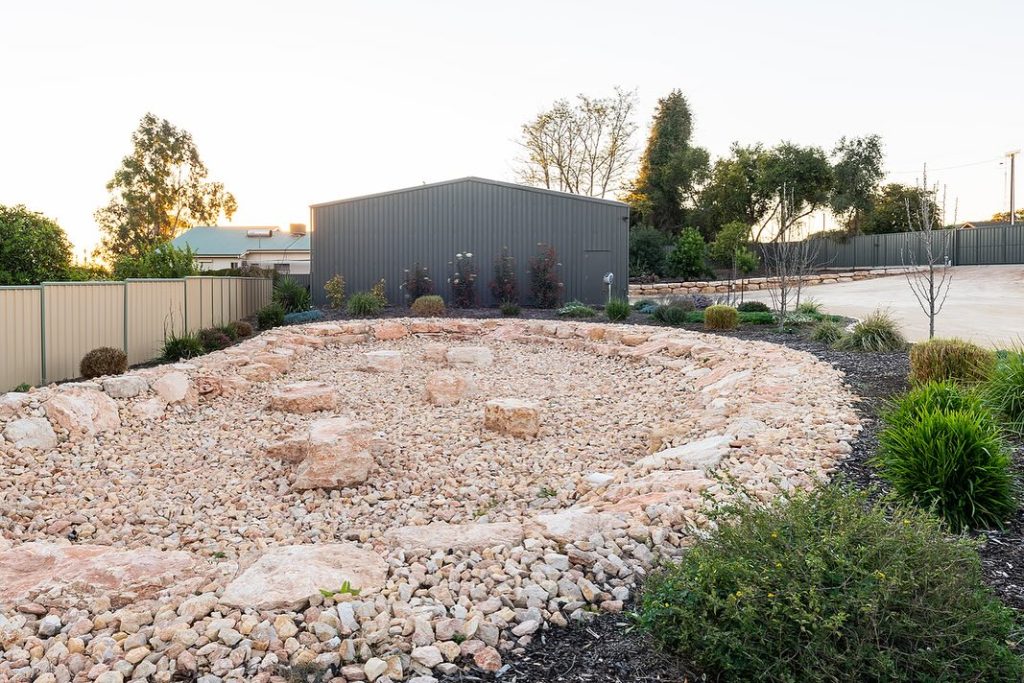
Getting involved in a community swale project can foster a sense of togetherness while enhancing local landscapes. Collaborating with neighbors to design and implement swales in public spaces not only benefits the environment but also promotes community engagement.
Consider organizing a workshop or volunteer day where residents can come together to learn about swale design and maintenance. Providing educational materials and resources can help inform participants about the importance of sustainable landscaping practices.
By working together to create community swales, you can contribute to improved stormwater management, enhanced aesthetics, and a greater sense of pride in your neighborhood. A community swale project is a fantastic way to connect with others while promoting environmental sustainability.
19. Maintenance Tips for Swale Success
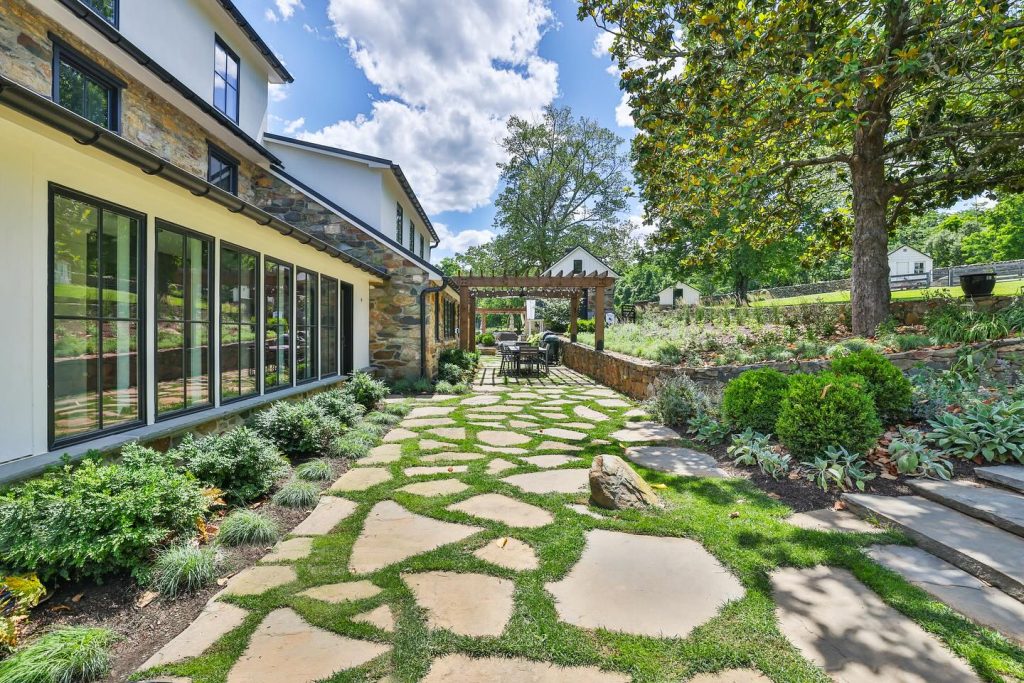
Proper maintenance is essential to ensure the long-term success of your swale. Regular care will help keep plants healthy, improve water infiltration, and maintain the overall beauty of your landscape.
Start by inspecting the swale regularly for signs of erosion or sediment buildup. If you notice any issues, take action immediately to address them. Regularly check the health of the plants, removing any dead or diseased foliage to promote growth and prevent the spread of pests.
Mulching, watering, and weeding should also be part of your maintenance routine. Keeping the swale well-mulched will help retain moisture and suppress weeds, while regular watering will ensure that the plants thrive. By dedicating time and effort to maintaining your swale, you will enjoy a vibrant and functional landscape for years to come.
Conclusion
Swale landscaping is a beautiful and functional approach to managing water runoff while enhancing your outdoor space. By incorporating these 19 creative swale ideas, you can transform your garden into a thriving ecosystem that supports local wildlife and promotes sustainable practices.
From colorful flowering swales to edible gardens and community projects, the possibilities are endless. Each idea encourages you to embrace your creativity while improving the health of your landscape. So, roll up your sleeves and get started on your swale landscaping journey—your garden and the environment will thank you!
